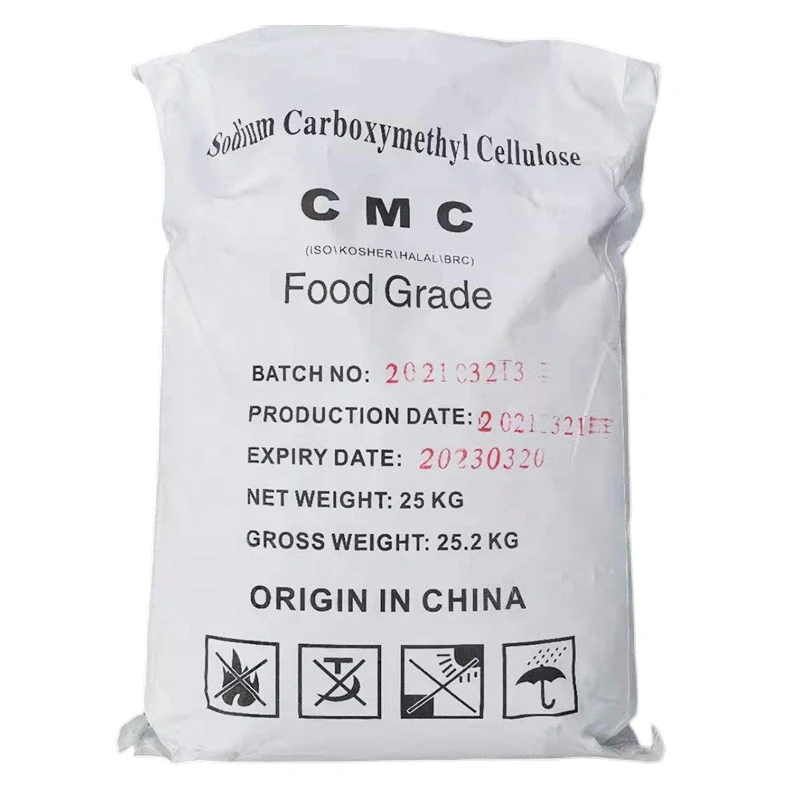



chemicals used in copper mining
Chemicals Used in Copper Mining An Overview
Copper mining is a critical industrial process that involves various stages, including exploration, extraction, and processing. The significant demand for copper, driven by its essential roles in electrical wiring, electronics, and renewable energy technologies, compels mining operations to employ several chemicals to efficiently extract and process this valuable metal. This article provides an overview of the chemicals commonly used in copper mining, including their functions, environmental implications, and advancements in sustainable practices.
1. The Extraction Process
In the extraction of copper, two primary methods are employed sulfide mining and oxide mining. Each method utilizes different chemicals to optimize copper recovery.
- Sulfide Mining This method targets copper-bearing minerals such as chalcopyrite and bornite. The ore is crushed and ground to liberate the copper minerals, which are then subjected to froth flotation. In this process, several chemicals are used
- Collecting Agents These surfactants, such as xanthates, are used to selectively bind to the copper minerals, making them hydrophobic. When air is bubbled through the slurry, the hydrophobic copper minerals attach to the air bubbles and float to the surface, forming a froth that can be skimmed off.
- Frothers Chemicals like pine oil or methyl isobutyl carbinol are added to stabilize the froth formed during flotation, ensuring that copper minerals remain suspended and can be collected efficiently
.- Oxide Mining For oxidized copper ores, such as malachite and azurite, leaching is the primary extraction method. Here, chemicals play a pivotal role in dissolving copper from the ore
- Leaching Agents Sulfuric acid is the most common solvent used in heap leaching processes. When sprayed over crushed ore, it reacts with the copper minerals to create a solution of copper sulfate, which can then be collected.
chemicals used in copper mining

- Solvent Extraction and Electrowinning (SX/EW) After leaching, the copper-laden solution undergoes solvent extraction using organic solvents to separate copper from impurities. The resultant copper solution is then subjected to electrowinning, where an electric current is passed through the solution, causing pure copper to be deposited onto cathodes.
2. Environmental Implications
The use of chemicals in copper mining raises significant environmental concerns. Tailings, the byproducts of extraction processes, often contain residual chemicals that can leach into the surrounding environment, potentially contaminating soil and water sources. Additionally, the use of sulfuric acid in leaching can result in soil acidification and damage to local ecosystems.
To mitigate these impacts, many mining companies are implementing more sustainable practices. Innovations such as bioremediation, which utilizes microorganisms to neutralize pollutants, and the recycling of water and chemicals used in the process are gaining traction. Furthermore, the development of biodegradable flotation agents and alternative leaching methods, such as using ammonium sulfate or other less harmful chemicals, represent significant strides toward greener mining practices.
3. Future Trends
As global copper demand continues to rise, the mining industry is under pressure to improve efficiency while reducing its environmental footprint. Ongoing research aims to develop more sustainable and effective ways to extract copper from low-grade ores and mine tailings, where residual copper can still be recovered.
Advancements in technology, including artificial intelligence and machine learning, are also being integrated into copper mining operations. These technologies can optimize chemical usage, resulting in increased efficiency and reduced waste.
Conclusion
The chemicals used in copper mining are essential for the efficient extraction and processing of this vital resource. While their use presents environmental challenges, the industry is increasingly focused on adopting more sustainable practices to minimize these impacts. As technology advances and environmental regulations become more stringent, the future of copper mining will likely hinge on balancing productivity with ecological responsibility. Understanding and improving the chemistry involved in copper extraction holds the key to sustainable mining, ensuring that this critical resource can be harvested responsibly for generations to come.
-
Why Sodium Persulfate Is Everywhere NowNewsJul.07,2025
-
Why Polyacrylamide Is in High DemandNewsJul.07,2025
-
Understanding Paint Chemicals and Their ApplicationsNewsJul.07,2025
-
Smart Use Of Mining ChemicalsNewsJul.07,2025
-
Practical Uses of Potassium MonopersulfateNewsJul.07,2025
-
Agrochemicals In Real FarmingNewsJul.07,2025
-
Sodium Chlorite Hot UsesNewsJul.01,2025










